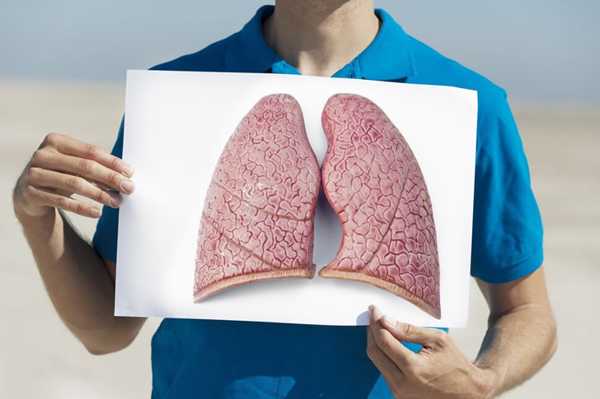How To Navigate The Treatment Options For Lung Cancer
A lung cancer diagnosis can feel daunting, with numerous treatment routes that seem overwhelming at first. As medical advancements have broadened our treatment horizons, understanding these options becomes vital. Taking an in-depth look into the main treatments available can equip patients and their families to make informed decisions.
A lung cancer diagnosis can feel daunting, with numerous treatment routes that seem overwhelming at first. As medical advancements have broadened our treatment horizons, understanding these options becomes vital. Taking an in-depth look into the main treatments available can equip patients and their families to make informed decisions.

Surgery:
Surgery is often considered for patients with non-small cell lung cancer, especially in cases where it hasn’t spread beyond the lungs. The primary aim is to remove the tumor and a margin of healthy tissue surrounding it. There are various surgical procedures, each tailored to the cancer’s size, type, and location:
Wedge resection: This involves removing a small section of the lung containing the tumor.
Lobectomy: One lobe of the lung is removed, making it a common procedure for larger tumors confined to a specific area.
Pneumonectomy: In cases where the tumor is large or centrally located, an entire lung might be removed.
Postoperative care and recovery play a crucial role in surgical treatment, with regular follow-ups ensuring the cancer hasn’t recurred.
Radiation therapy:
Radiation therapy is a versatile treatment that uses high-powered energy beams, such as X-rays, to kill cancer cells. It’s employed:
As a primary treatment for those who aren’t surgical candidates.
Post-surgery to eliminate any remaining cancer cells.
In advanced stages, to alleviate symptoms and improve quality of life.
Precise targeting ensures minimal damage to surrounding tissues, though side effects like fatigue are common.
Chemotherapy:
This treatment involves the use of drugs that kill fast-growing cells, including cancer cells. Chemotherapy can be administered:
Before surgery to shrink tumors, making them operable.
After surgery to kill any lingering cells.
In tandem with radiation therapy, especially for more aggressive cancers.
As a stand-alone treatment when surgery isn’t feasible.
While effective, chemotherapy does have side effects, including hair loss and nausea, but these are often temporary.
Targeted drug therapy:
This is a newer approach that zeroes in on specific abnormalities present in cancer cells. By targeting these aberrations, this therapy effectively blocks the growth and proliferation of cancer cells while sparing healthy cells. It’s a preferred choice for advanced or recurrent non-small cell lung cancers. Common side effects can include skin problems or gastrointestinal issues.
Immunotherapy:
Our immune system is designed to attack foreign invaders. Immunotherapy harnesses this power to specifically target and kill cancer cells. This treatment approach can be particularly beneficial for those resistant to conventional treatments or with specific types of lung cancer. The side effects might resemble flu-like symptoms but can vary based on the specific drug used.
Navigating the maze of lung cancer treatments can be challenging. But with the right information, patients and their families can make decisions with confidence. Collaborating closely with oncologists, asking questions, and being proactive about understanding each option’s pros and cons will lead to the most informed and effective treatment choices.

The 2025 Hyundai Palisade: Comfort, Technology, and Confidence for the Modern Family

Navigating Digital Marketing: Strategies for Sustainable Business Growth

Top Online Cybersecurity Courses to Advance Your Career

Understanding Modern Cremation Services: A Complete Overview

The keys to success in online marketing






